Researchers at the University of Sydney have created the largest and most efficient triple-junction perovskite-perovskite-silicon tandem solar cell yet reported, achieving a record-breaking efficiency of 23.3% on a device with a 16 cm2 aperture area.
The research team, headed by University of Sydney Adjunct Professor Anita Ho-Baillie, said at 1 cm2, the triple‐junction cell recorded a power conversion efficiency of 27.06% with an open circuit voltage of 3.16 V and retained 95% of its initial efficiency after more than 400 hours of continuous operation under light. And in what the researchers said is a global first, the encapsulated 1 cm2 cell passed the International Electrotechnical Commission’s thermal cycling test, which exposes devices to 200 cycles of extreme temperature swings between -40 and 85 degrees.
Ho-Baillie, John Hooke Chair of Nanoscience at the University of Sydney Nano Institute and School of Physics, said the results demonstrate high efficiency and durability, important steps for overcoming barriers to the development and commercialisation of perovskite tandem solar cell technology.
“This is the largest triple-junction perovskite device yet demonstrated and it has been rigorously tested and certified by independent laboratories,” she said. “That gives us further confidence that the technology can be scaled for practical use.”
“Perovskites are already showing us that we can push efficiencies beyond the limits of silicon alone. These advances mean we are moving closer to cheaper, more sustainable solar energy that will help power a low-carbon future.”
Perovskites are a promising class of PV materials valued for their low-cost manufacturing and ability to capture more of the solar spectrum when stacked in multiple layers with silicon. The research team however noted that scaling devices beyond the laboratory and ensuring their stability under real-world conditions have been major challenges.
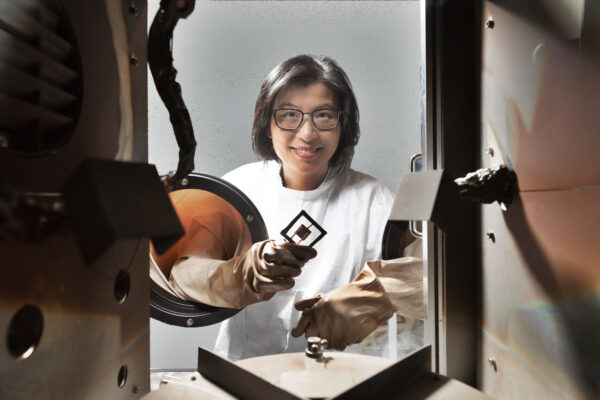
Image: University of Sydney
Ho-Baillie, also part of the University of Sydney Net Zero Institute, said this latest advance was achieved by re-engineering the chemistry of the perovskite material and the triple junction cell design.
The researchers replaced methylammonium, commonly used in high-efficiency perovskite cells, with more stable rubidium creating a perovskite lattice that is less prone to defects and degradation. They also replaced the less stable lithium fluoride with piperazinium dichloride for a new surface treatment.
To connect the two perovskite junctions, the researchers used gold at the nanoscale deposited on atomic layer-deposited tin oxide to maximise the flow of electric charge and light absorption by the solar cell.
“We improved both the performance and the resilience of these solar cells,” Ho-Baillie said.
“This not only demonstrates that large, stable perovskite devices are possible but also shows the enormous potential for further efficiency gains.”
Details of the investigation are described in Tailoring nanoscale interfaces for perovskite–perovskite–silicon triple-junction solar cells, published in nature nanotechnology. The research was carried out in collaboration with international partners from China, Germany and Slovenia, with support from the Australian Renewable Energy Agency (ARENA) and the Australian Research Council.
This content is protected by copyright and may not be reused. If you want to cooperate with us and would like to reuse some of our content, please contact: editors@pv-magazine.com.

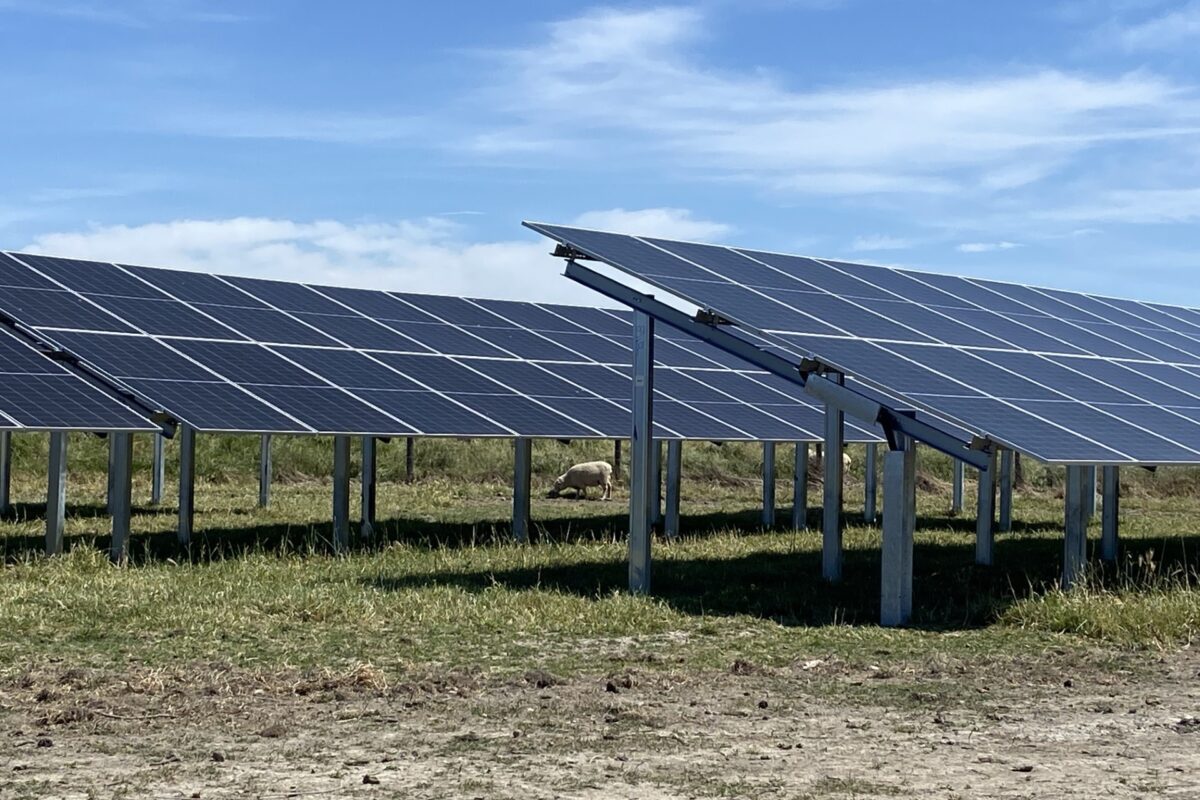


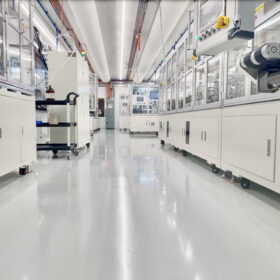
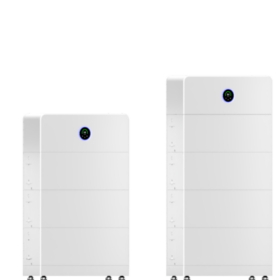
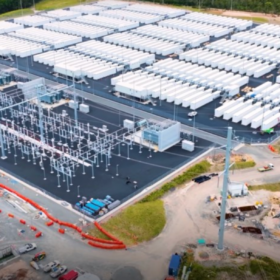


1 comment
By submitting this form you agree to pv magazine using your data for the purposes of publishing your comment.
Your personal data will only be disclosed or otherwise transmitted to third parties for the purposes of spam filtering or if this is necessary for technical maintenance of the website. Any other transfer to third parties will not take place unless this is justified on the basis of applicable data protection regulations or if pv magazine is legally obliged to do so.
You may revoke this consent at any time with effect for the future, in which case your personal data will be deleted immediately. Otherwise, your data will be deleted if pv magazine has processed your request or the purpose of data storage is fulfilled.
Further information on data privacy can be found in our Data Protection Policy.